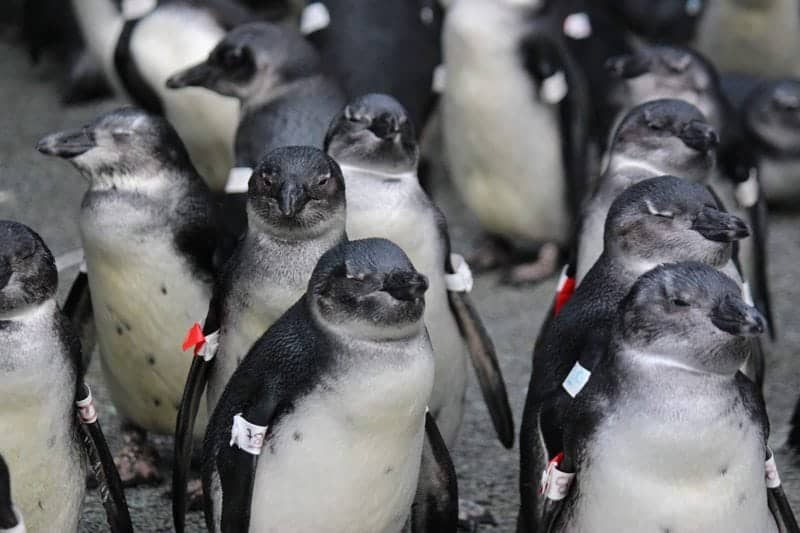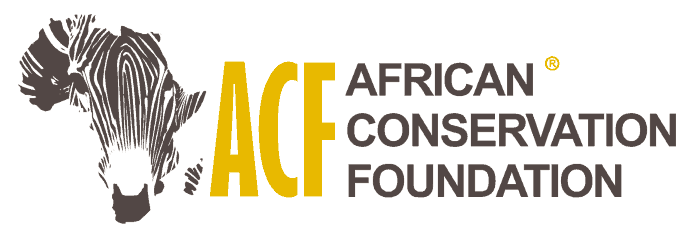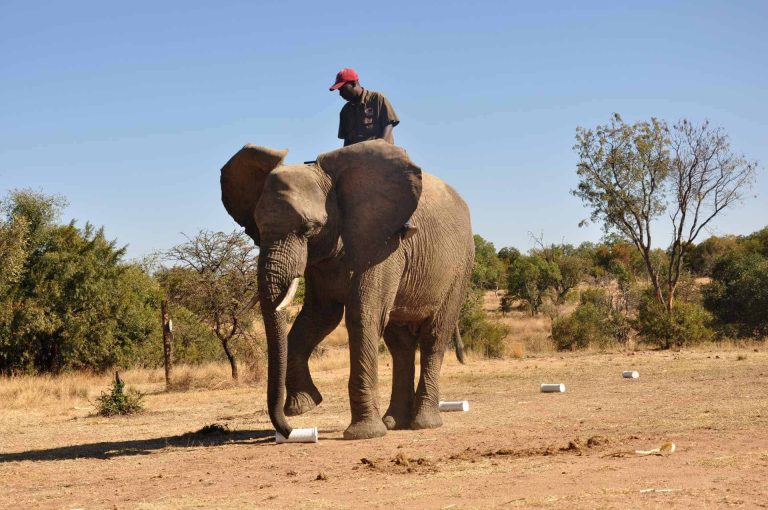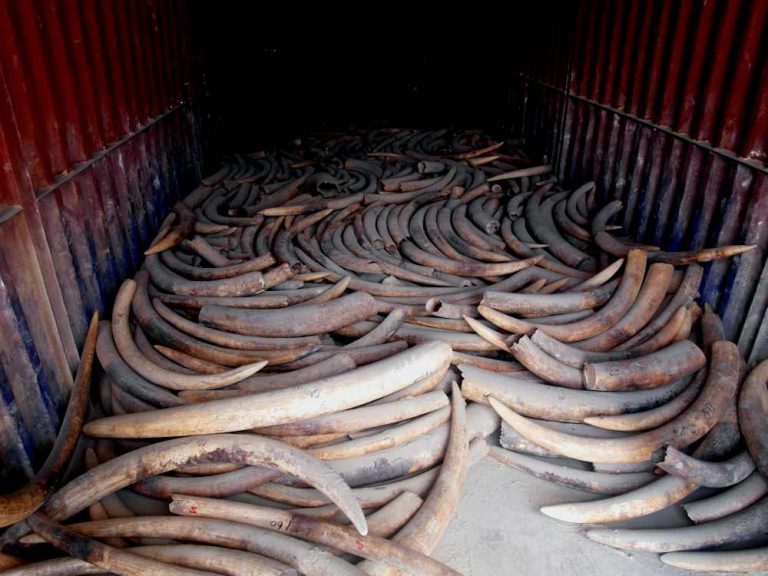Endangered African penguins stuck in ecological trap due to overfishing

New research indicates that juvenile African penguins are continuously foraging in areas of low food availability due to climate change and overfishing. The research conducted by an international group of scientists over the span of three years, highlights alarming results for the already endangered African penguin species, the only penguin endemic to the African continent.
The study was conducted between 2011 and 2013 by Dr Richard Sherley from the University of Exeter and a team of scientists from South Africa, Namibia and the United Kingdom. The research looked at the initial journey of 54 African penguin fledglings, including 14 rescued chicks that were hand-reared by the Southern African Foundation for the Conservation of Coastal Birds (SANCCOB). Penguins were tracked using satellite transmitters and researchers followed their movements for the first few weeks of their lives out at sea.
The study revealed that the juvenile penguins used three main areas for finding food: Swakopmund in central Namibia, an area north of St Helena Bay along the West Coast of South Africa and a third area around Cape Agulhas on South Africa’s south coast. Only birds from the Eastern Cape foraged east of Cape Agulhas whilst birds from the West Coast foraged north of Cape Town and into Namibian waters.
All three areas were historically rich in fish availability, including sardine and pilchards. Dr Katrin Ludynia, Research Manager at SANCCOB and co-author of the study explains, “Young penguins mistakenly select poor quality habitat because once useful cues, cold water and high primary production, remain intact in the face of underlying environmental change. One would expect to find abundant fish stocks in these areas but due to the combination of climate change and high fishing pressure over the past decade, fish is scarce along the West Coast.” As a result, foraging penguins fall into, what is called, an ecological trap. The fact that there is not enough food available for juvenile penguins explains the low chances of surviving their first year at sea, observed previously in other studies.
Due to the rapid decline in population numbers, the African penguin was reclassified as endangered in 2010 and today, it is estimated that less than 2% of its historic population remain in the wild (less than 23 000 breeding pairs). Modelling exercises, presented in the current study, showed that with sufficient food in these areas, the African penguin population on the West Coast of South Africa would be twice the size as it is now.
Through the Chick Bolstering Project (CBP), SANCCOB and its project partners rescue ill, injured and abandoned African penguin chicks and rehabilitate the birds at their two centres in Table View (Western Cape) and Cape St Francis (Eastern Cape). The project is recognised globally as one of the most successful conservation initiatives to reverse the decline of the endangered species. Since the project’s inception in 2006, SANCCOB and its partners have successfully hand-reared and released more than 4 000 chicks back into the wild.
“This study shows that chicks hand-reared at SANCCOB behave in the same way as their counterparts in the wild”, says Dr Katrin Ludynia. “Unfortunately, that also means that they face the same challenges in the wild once they are released. We are therefore working together with government and other conservation organisations to ensure the long term survival of the species.”
The study highlights that various conservation measures need to be implemented at different levels in order to save the endangered African penguin species. Apart from protecting critical breeding colonies and hand-rearing abandoned African penguin chicks, fish stocks have to be better protected in order for these birds to actually survive their first years at sea.
——
The research article was first published in Current Biology on 9 Feb 2017. Authors include: Richard B. Sherley, Katrin Ludynia, Bruce M. Dyer, Tarron Lamonte, Azwianewi B. Makhado, Jean-Paul Roux, Kylie L. Scales, Les G. Underhill and Stephen C. Votier. For the full article, visit: http://www.cell.com/current-biology/fulltext/S0960-9822(16)31536-6






